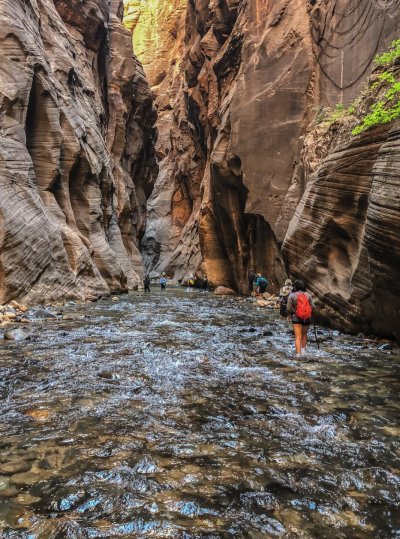RunningBum
Give me a museum and I'll fill it. (Picasso) Give me a forum ...
- Joined
- Jun 18, 2007
- Messages
- 13,236
I think it's great some of you have an interest in photography, and can take much better pictures than I could. And some of you can probably take a better picture with my phone than I could with your camera.
For me a camera is about making memories, as the thread title says. When I went through all my old photos to have them scanned, I mostly picked the ones with people in them. Rarely photos with just scenery. And my regret isn't the quality, but rather than I didn't have more. With a phone, I'm taking a lot more pictures. As someone else here said, the best camera is the one you have with you.
I just don't think hobby photographers should be putting down us amateurs who are more interested in capturing a moment than we are in creating a masterpiece. Acting superior because you won't use a smart phone camera does not impress me in the least, and criticizing people for taking photos that they and others enjoy makes me think a little less of you.
For me a camera is about making memories, as the thread title says. When I went through all my old photos to have them scanned, I mostly picked the ones with people in them. Rarely photos with just scenery. And my regret isn't the quality, but rather than I didn't have more. With a phone, I'm taking a lot more pictures. As someone else here said, the best camera is the one you have with you.
I just don't think hobby photographers should be putting down us amateurs who are more interested in capturing a moment than we are in creating a masterpiece. Acting superior because you won't use a smart phone camera does not impress me in the least, and criticizing people for taking photos that they and others enjoy makes me think a little less of you.


 .
.